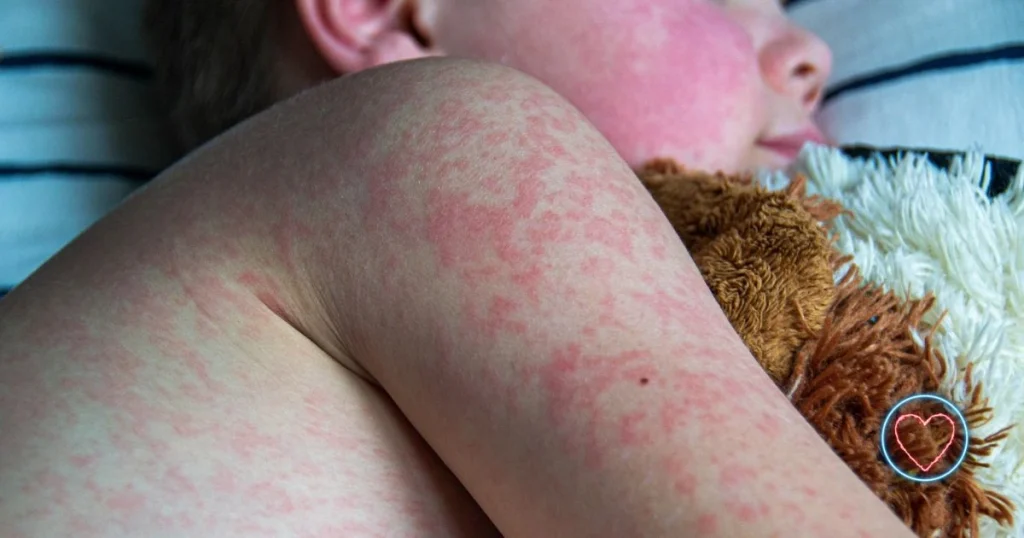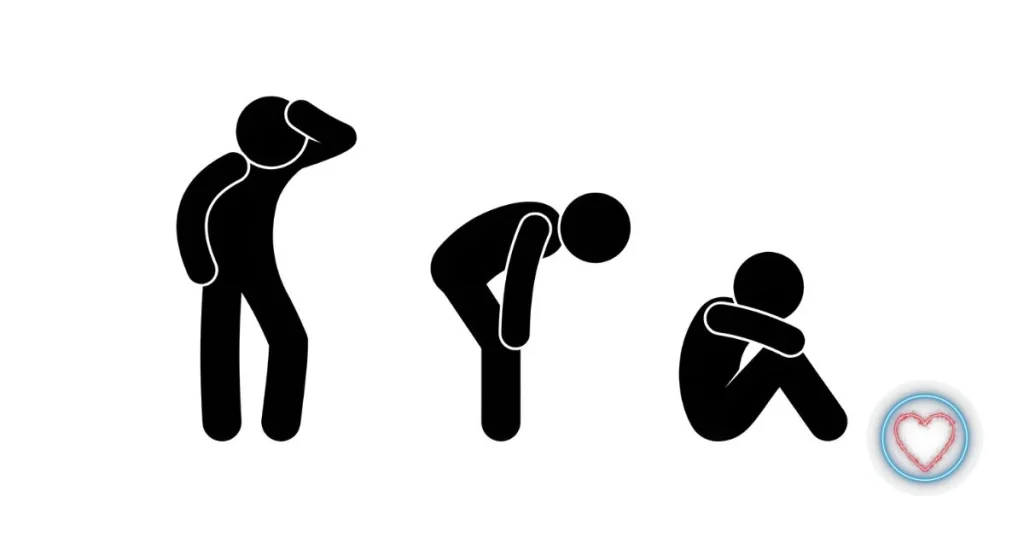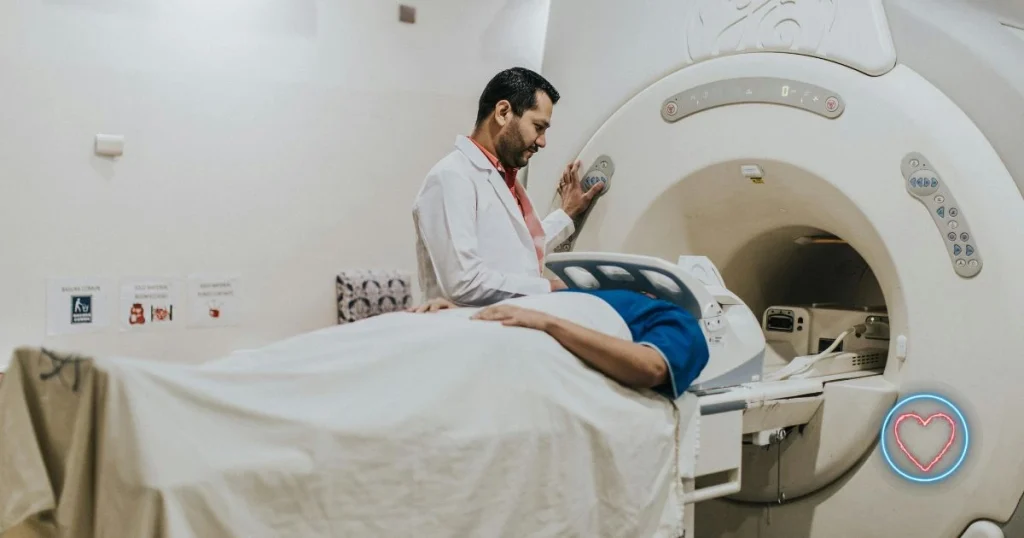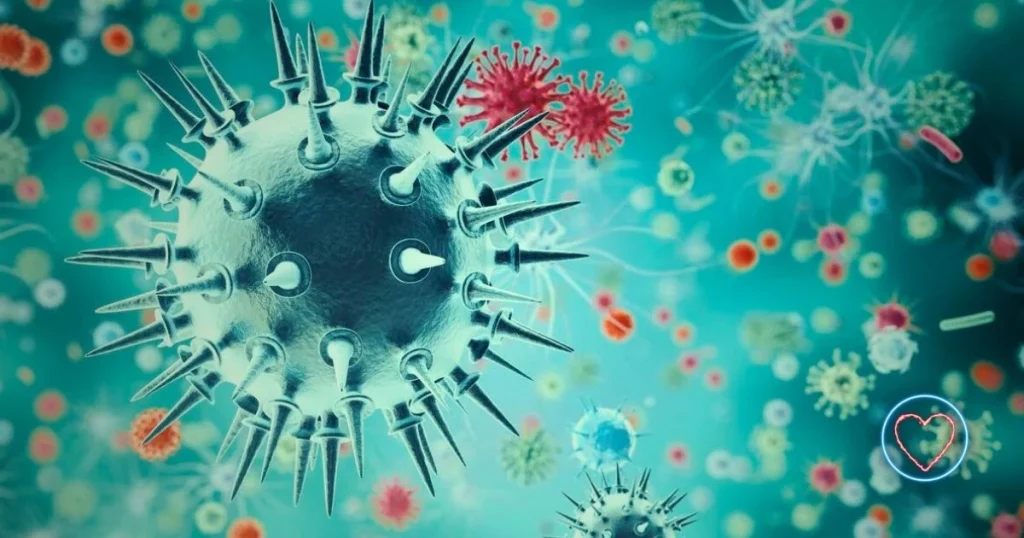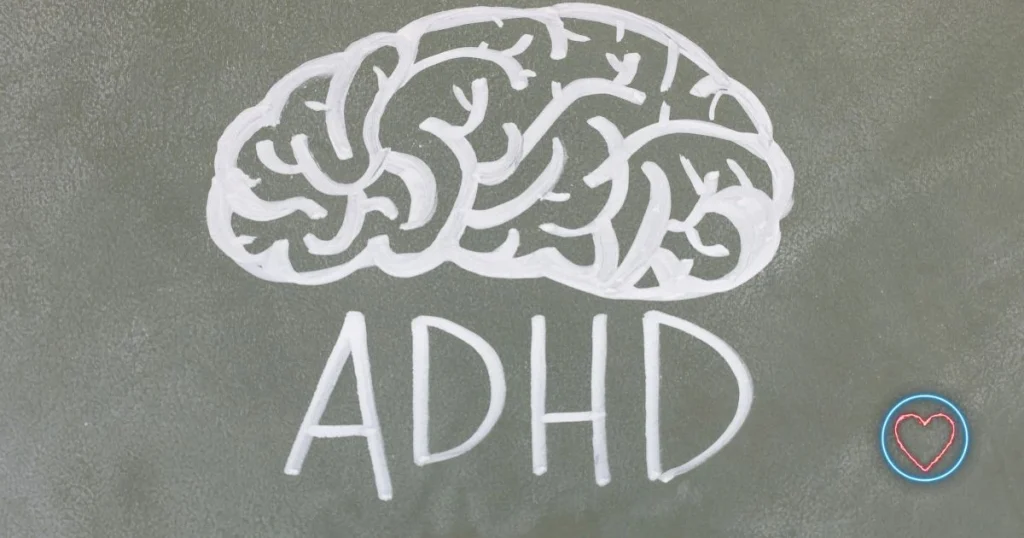Introduction
In 2000, the United States proudly declared measles eliminated. This milestone was the result of years of effective vaccination programs. However, fast forward to 2025, and the nation finds itself in the middle of its most severe measles outbreak in over two decades.
The sudden resurgence has alarmed public health officials. With over 1,000 confirmed cases across 31 jurisdictions, it’s clear that the threat of measles has returned. The outbreak is not only a medical crisis but also a wake-up call about vaccine hesitancy and public trust.
How the Outbreak Started
The current outbreak began in early January. By mid-May, the Centers for Disease Control and Prevention (CDC) had reported 1,024 confirmed measles cases. That number already far exceeds last year’s total of 285.
The outbreak includes at least 14 identified clusters—defined as three or more connected cases. Notably, 92% of infections stem from these clusters. States like Texas, New Mexico, and Oklahoma have been hit the hardest. In particular, West Texas has emerged as a hotspot.
In Texas alone, 718 cases have been confirmed. Over half were in Gaines County. Sadly, the outbreak has led to 93 hospitalizations and two deaths, both involving young children. While the pace of new cases has slowed recently, experts warn that due to the virus’s long incubation period, more cases may emerge.
Understanding Measles and Its Spread
Measles is among the most contagious diseases known. The virus can linger in the air for up to two hours after an infected person leaves the area. Alarmingly, if one person has measles, up to 90% of nearby unvaccinated people may become infected.
This makes the disease extremely dangerous in communities with low vaccination rates. Once it finds a foothold, it spreads quickly.
The Power and Importance of Vaccination
Fortunately, the measles, mumps, and rubella (MMR) vaccine offers strong protection. Two doses are 97% effective in preventing infection. Yet, despite this, the 2025 outbreak has shown how gaps in coverage can undo years of progress.
An overwhelming 96% of this year’s cases occurred in people who were either unvaccinated or had unknown vaccination status. This includes children whose parents opted out of routine immunizations.
Clearly, the failure to vaccinate plays a central role in the outbreak. In many areas, vaccine coverage has dipped below the 95% threshold needed for herd immunity. As a result, pockets of vulnerability have formed.
The Role of Misinformation
Vaccine hesitancy did not arise in a vacuum. Instead, it has been fueled by years of misinformation spread through social media, fringe groups, and even public figures.
In some communities, distrust in medical institutions has led to the rejection of life-saving vaccines. Myths linking vaccines to autism or other health issues—long since debunked—continue to circulate. Consequently, more parents are opting to delay or skip immunizations altogether.
Moreover, the COVID-19 pandemic worsened this trend. Confusion, mistrust, and political polarization during the pandemic led many to question all vaccines, not just those for COVID.
Federal Response and Controversy
The outbreak has also raised concerns about the federal government’s response. Health and Human Services Secretary Robert F. Kennedy Jr., who has a history of vaccine skepticism, has drawn criticism for downplaying the outbreak’s seriousness.
Although Kennedy now claims to support vaccines, his mixed messaging has created confusion. He has also promoted alternative treatments without evidence and appointed known vaccine skeptic David Geier to lead a vaccine safety review.
These actions have alarmed public health professionals. Critics argue that leadership should be clear, science-based, and consistent—especially during an outbreak.
Furthermore, proposed federal budget cuts are making matters worse. The Trump administration’s plan to slash $21.6 billion from the CDC and NIH has sparked protests, especially among advocacy groups. Many believe these cuts undermine the very institutions needed to manage outbreaks.
A National Wake-Up Call
The outbreak is more than just a public health emergency—it is a wake-up call. For years, health experts warned that declining vaccination rates could lead to the return of diseases once considered controlled.
This moment proves them right. It also demonstrates the delicate balance of public health. Achievements can be undone if we allow complacency or misinformation to spread.
Community health depends on collective action. When enough people choose not to vaccinate, everyone is put at risk—including infants, the elderly, and those with weakened immune systems.
Global Context: A Widening Problem
The United States is not alone. Globally, measles cases are rising. The World Health Organization (WHO) recently reported over 2,300 cases across the Americas, including three deaths. Most of these infections occurred in unvaccinated individuals under 30.
Across the world, the COVID-19 pandemic disrupted routine immunizations. As a result, millions of children missed scheduled vaccines. While some countries are working to catch up, others are still falling behind.
Thus, the U.S. outbreak is part of a wider trend. Without urgent action, measles could regain its grip—not just here, but globally.
Who Is Most at Risk?
Although measles can infect anyone, some people face higher risks. These include:
- Children under 5, especially infants too young for their first MMR dose.
- Pregnant individuals, who face higher risks of complications.
- People with compromised immune systems, such as those undergoing cancer treatment.
For these groups, exposure to measles can be life-threatening. Hence, community-wide vaccination is vital to protect them.
What Health Experts Recommend
To stop the outbreak, health officials urge the public to act quickly. First and foremost, vaccination is the most effective strategy. Parents should ensure their children receive both MMR doses on schedule—at 12-15 months and again at 4-6 years.
Adults unsure of their vaccination status should consult their healthcare provider. In many cases, a booster dose is safe and recommended.
Additionally, people should watch for early measles symptoms, such as high fever, cough, runny nose, and red eyes. The telltale rash usually appears a few days later. If you suspect measles, isolate immediately and contact your doctor.
Public health departments also recommend limiting exposure during outbreaks, especially in schools or public events. In some states, unvaccinated students have been temporarily excluded from school to prevent further spread.
Addressing Vaccine Hesitancy
Beyond immediate actions, the outbreak points to a deeper need: rebuilding trust. Health agencies must engage directly with communities. This means listening to concerns, providing accurate information, and partnering with local leaders.
In addition, social media platforms should do more to limit the spread of false medical claims. Misinformation not only endangers public health—it costs lives.
Moreover, schools and pediatricians play a critical role. When doctors take time to explain the benefits of vaccines, many hesitant parents are willing to reconsider.
Conclusion
The 2025 measles outbreak is a powerful reminder: disease eradication is not permanent. Without vigilance, even controlled diseases can return.
This crisis, though troubling, offers a chance to recommit to science, community protection, and informed decision-making. By increasing vaccination, fighting misinformation, and restoring trust in healthcare, we can stop measles—and prevent future outbreaks.
Ultimately, public health is a shared responsibility. When we protect each other, we protect ourselves.
